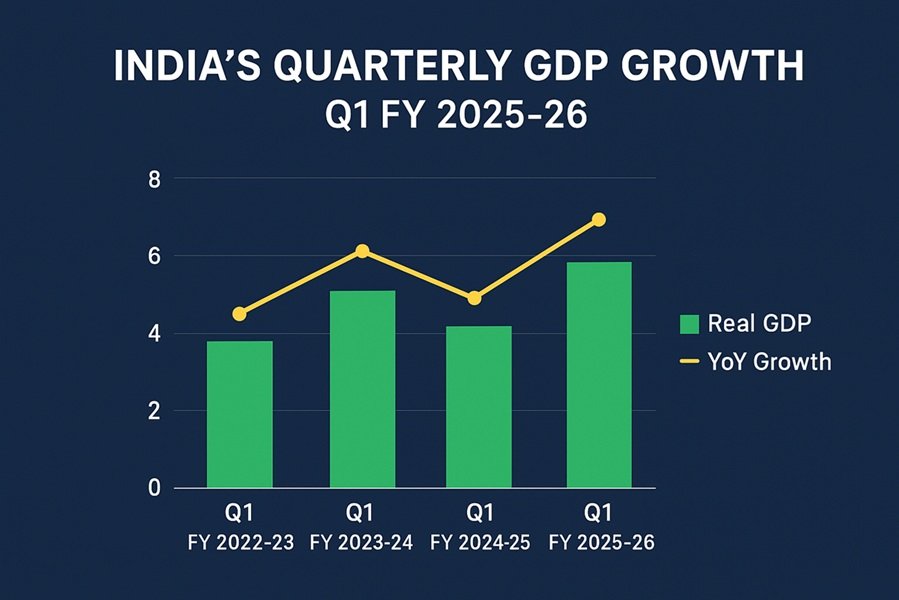
Investing is a crucial aspect of financial planning, and with the plethora of options available, it can be challenging to decide the best route to achieve your financial goals. Two popular investment strategies often compared are Systematic Investment Plans (SIP) and Systematic Transfer Plans (STP). While both approaches are designed to help investors maximize returns and manage risk, they cater to different financial objectives and risk appetites. Let us delve into the specifics of SIP and STP to understand their differences and identify which one might be a better investment strategy for you.
What is SIP?
A Systematic Investment Plan (SIP) is an investment method where investors allocate a fixed amount of money at regular intervals into a mutual fund scheme, typically equity funds. SIPs allow investors to purchase units of mutual funds on a specific date each month, ensuring disciplined investing.
Key Features of SIP:
- Disciplined Investing: SIP promotes regular investing, helping investors avoid impulsive financial decisions.
- Rupee Cost Averaging: By investing at regular intervals, investors purchase more units when prices are low and fewer units when prices are high, averaging out the cost of investment.
- Compounding Benefits: Over time, regular investments reap the benefits of compounding, leading to potential wealth creation.
- Flexibility: Investors can start SIPs with as little as ₵500 per month, making it accessible to most individuals.
- Convenience: SIPs can be automated, ensuring hassle-free investments.
Suitable For:
SIPs are ideal for long-term investors looking to build wealth systematically and with minimal market timing efforts. It is particularly suited for salaried individuals who prefer fixed monthly commitments.
What is STP?
A Systematic Transfer Plan (STP) allows investors to transfer a fixed amount or units from one mutual fund scheme to another, typically from a debt fund to an equity fund, or vice versa, at regular intervals. This strategy is designed to manage risk and optimize returns by gradually reallocating investments.
Key Features of STP:
- Risk Mitigation: STP helps in reducing market timing risks by spreading investments over time rather than making a lump sum investment.
- Capital Preservation: By initially parking funds in a debt scheme, investors can protect their capital while gradually increasing exposure to equity.
- Tax Efficiency: STPs can help investors manage tax implications by systematically moving funds over time instead of withdrawing and reinvesting in bulk.
- Flexibility: Investors can choose the frequency of transfers (weekly, monthly, quarterly) based on their needs.
Suitable For:
STPs are ideal for investors with a lump sum amount who want to invest in equity but are wary of market volatility. It is particularly useful for retirees or those with short-to-medium-term investment horizons.
SIP vs. STP: A Comparative Analysis
| Aspect | SIP | STP |
|---|---|---|
| Purpose | Regular investments in mutual funds | Transfer of funds between schemes |
| Ideal Investor | Salaried individuals with fixed monthly income | Investors with a lump sum amount |
| Risk | Reduces risk via rupee cost averaging | Reduces market timing risk |
| Flexibility | Fixed monthly contributions | Flexible transfer schedules |
| Tax Implications | Taxed only on redemption | Transfer triggers capital gains tax |
| Returns Potential | Long-term wealth creation | Depends on the timing and market movement |
Which is Better: SIP or STP?
The decision between SIP and STP depends on the investor’s financial goals, risk tolerance, and the type of funds available.
SIP is Better If:
- You have a steady monthly income and wish to invest systematically.
- You are looking for a long-term investment approach with minimal market timing.
- You prefer a simple and automated investment process.
STP is Better If:
- You have a lump sum amount to invest but want to mitigate market volatility.
- You seek to transition from a low-risk investment to a high-risk one or vice versa.
- You aim to manage short-to-medium-term financial goals while optimizing returns.
Conclusion
Both SIP and STP are powerful tools for building wealth, but their effectiveness depends on how well they align with your financial objectives. SIP is ideal for those looking for disciplined, long-term investing with regular contributions. On the other hand, STP is better suited for investors with a lump sum amount who want to balance risk and return.
Ultimately, the choice between SIP and STP should be based on your risk appetite, investment horizon, and financial goals. Consulting a financial advisor can provide tailored insights to help you make the most informed decision. Regardless of your choice, staying consistent and patient with your investments is key to achieving financial success.







